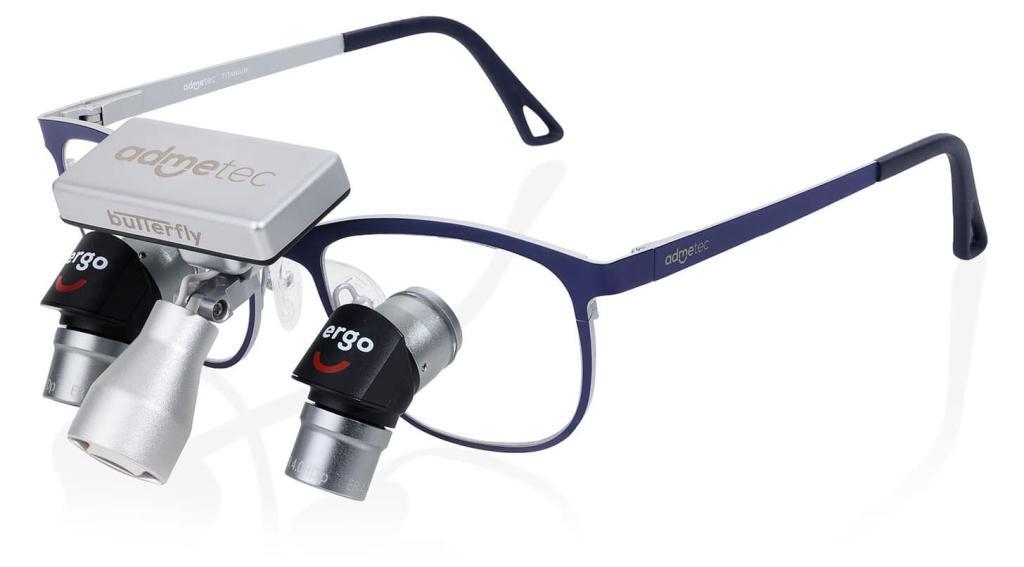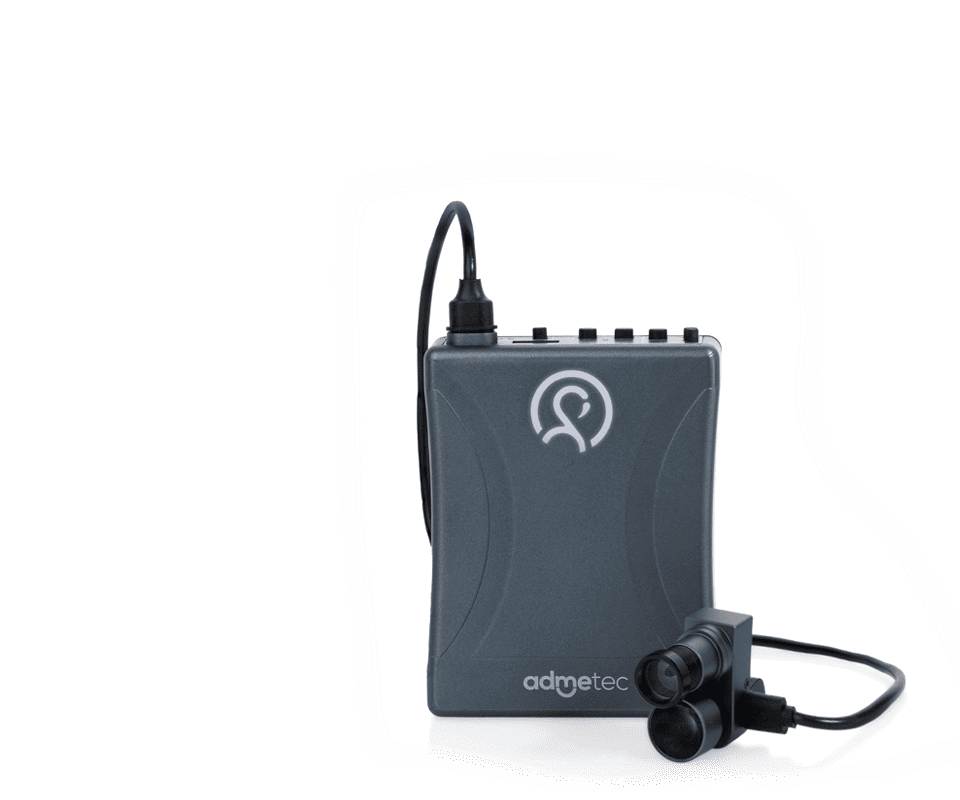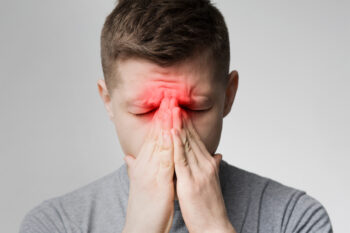By Dr Anikó Ball, BDSc (Melb), Dip.Clin.Hypnosis, Adv.Dip. Alexander Studies Founder Optimum Dental Posture
Refractive loupes have been in the market for several years. After a conservative acceptance of this new technology, they are gradually becoming the benchmark for dentists to sit in a correct posture that may very well increase career longevity in the dental profession (though more research is needed to test this hypothesis).
Most dentists wear magnification loupes, which greatly assist us in diagnosis and treatment. Unfortunately, there has been little or no education on how to use loupes correctly or the criteria for selecting them. I have been investigating loupes for several years after finding that most dentists attending my “Ergonomics & Wellness in Dentistry” Workshops were using TTL (through the lens) loupes with inadequate declination angles, forcing harmful bending of the spine.


Biomechanical design principles every dentist needs to know
The head is connected to the spine at the atlanto-occipital or nodding joint (at the height of the ears). An imaginary rod through the ears is the axis of rotation for the head. This joint is designed to look up and down.
NOTE: There is only a 10˚ freedom of movement for the head to look down at the top of the spine! Any more tilting of the head involves other cervical joints.
The next joint is the atlanto-axial joint, C1 and C2, designed for head rotation to the left and right. All the intervertebral joints below C2 are gliding or plane joints, which are not designed for bending or twisting, especially for prolonged periods as we do in dentistry.
Bending and twisting spinal joints in a manner contrary to biomechanical design increases the risk of musculoskeletal disorders and occupational chronic pain.

Why I recommend refractive loupes
Refractive loupes are great! They enable dentists to sit upright, look ahead and see into patients’ mouths without harmful neck bending.
The “ideal” head-neck relationship. This results in chronic contraction of the neck muscles and spinal compression. The head is designed to sit on top of the spine at the atlanto-occipital joint with a very slight forward rotation because the front of the head is heavier than the back; its centre of mass being anterior to its base of support.
This results in the activation of stretch receptors in the deep postural muscles at the back of the neck, which in turn activate the antigravity muscular support system.
Chin-up head posture
I’ve seen dentists use refractive loupes (the same using microscopes) with a slight upward chin tilt, believing it is the “ideal” head-neck relationship. This results in chronic contraction of the neck muscles and spinal compression.
The head is designed to sit on top of the spine at the atlanto-occipital joint with a very slight forward rotation because the front of the head is heavier than the back; its centre of mass being anterior to its base of support.
This results in the activation of stretch receptors in the deep postural muscles at the back of the neck, which in turn activate the antigravity muscular support system.
Leaning to the side
Some dentists are still leaning to the side instead of asking their patients to turn their head to the side or move their stool around the chair. The spine is not designed for prolonged or repetitive side bending.
Long working distance
If the Working Distance is too long, the patient chair is positioned too low, resulting in dentists’ legs locked in. I’ve seen some dentists forced to sit on the front half of their dental stool trying to get their legs in under the chair! Being locked into such a position encourages leaning to the side.
Summary
To summarise, refractive loupes can be a game changer to every dental or medical surgeon who is concerned consciously about their posture and wishes to prevent long term musculoskeletal damage. Like every technology, it needs to be used wisely. Take care of yourself, you are your most precious instrument!
NOTE: I have no financial involvement with any dental company. I am an advocate for the wellness of my colleagues.
For more information www.optimumdentalposture.com
Originally published by www.dentalpractice.com.au














